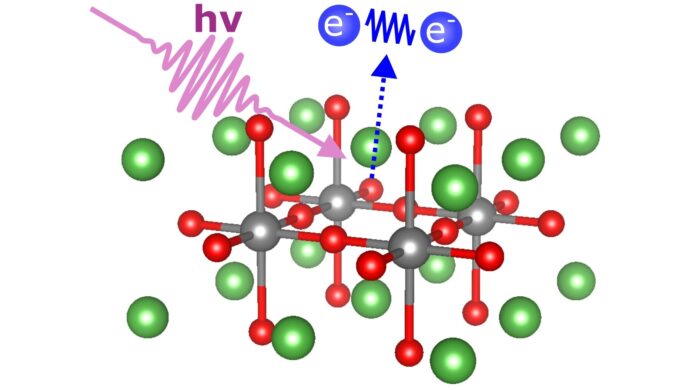High-temperature superconductors, a revolutionary class of materials discovered over four decades ago, hold immense potential for technological advancements. These materials exhibit zero electrical resistance, allowing electricity to flow freely without any loss of energy, even at temperatures significantly higher than those required by conventional superconductors. While this remarkable property has already found applications in various fields, the underlying mechanism behind high-temperature superconductivity remains a mystery.
At the heart of this phenomenon lie interactions between charge carriers – particles responsible for carrying electrical current – that enable them to move effortlessly through the material’s atomic structure. A recent study conducted by an international research team at BESSY II, published in Nature Communications, sheds light on these crucial interactions within a specific type of high-temperature superconductor called cuprate compounds.
Researchers focused on La₂CuO₄, a compound consisting of alternating layers of copper oxide (CuO) and lanthanum oxide (LaO). When La₂CuO₄ is treated with additional atoms (doped), it exhibits superconductivity below 40 Kelvin, with this superconducting behavior confined to the CuO layers. Notably, the LaO layers remain insulating even in these conditions.
The team employed a sophisticated technique called Auger photoelectron coincidence spectroscopy coupled with specialized X-ray pulses at BESSY II. This allowed them to precisely measure the energy of charge carrier pairs—specifically, oxygen holes, which are essentially missing electrons around oxygen atoms—within each layer.
What did they discover? The interaction energies between these charge carriers were significantly weaker in the CuO layers (where superconductivity occurs) compared to the insulating LaO layers. This finding suggests that the weaker interactions within the copper oxide layers might be a key factor enabling the formation of Cooper pairs – bound pairs of electrons responsible for superconducting behavior.
This research provides crucial insights into the complex interplay between charge carriers and their interactions in cuprate compounds. While much remains unknown about high-temperature superconductivity, this study pinpoints an intriguing difference in interaction energies that could significantly contribute to unlocking its full potential. Future investigations exploring these differences in more detail may pave the way for designing even better superconducting materials with potentially transformative applications across diverse industries.
































